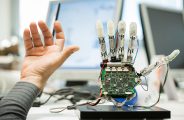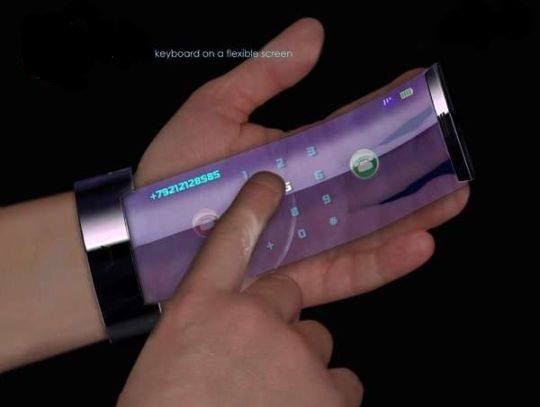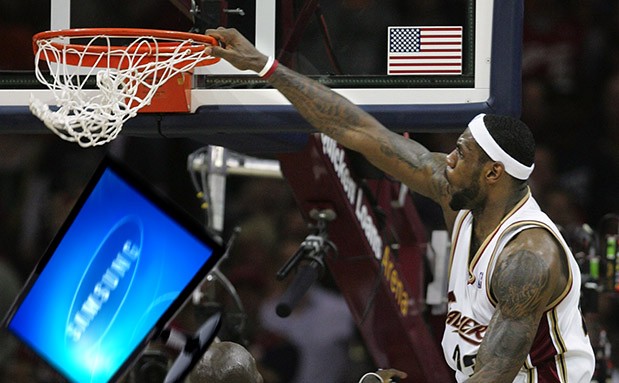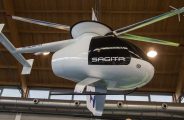NASA Scientist Claims to Be on the Verge Of Faster Than Light Warp Drive

Harold G. White, a NASA physicist, is working on the concept of warp drive, like on “Star Trek.” Some of the original series’ ideas fit into the new warp field theories, like the round shape of the engines in the rendering.
NASA is currently working on the first practical field test toward the possibility of faster than light travel.
HOUSTON — Beyond the security gate at the Johnson Space Center’s 1960s-era campus here, inside a two-story glass and concrete building with winding corridors, there is a floating laboratory.
Harold G. White, a physicist and advanced propulsion engineer at NASA, beckoned toward a table full of equipment there on a recent afternoon: a laser, a camera, some small mirrors, a ring made of ceramic capacitors and a few other objects.
He and other NASA engineers have been designing and redesigning these instruments, with the goal of using them to slightly warp the trajectory of a photon, changing the distance it travels in a certain area, and then observing the change with a device called an interferometer. So sensitive is their measuring equipment that it was picking up myriad earthly vibrations, including people walking nearby. So they recently moved into this lab, which floats atop a system of underground pneumatic piers, freeing it from seismic disturbances.
The team is trying to determine whether faster-than-light travel — warp drive — could someday soon be possible.
Einstein famously postulated that, as Dr. White put it, “thou shalt not exceed the speed of light,” essentially setting a galactic speed limit. But in 1994, a Mexican physicist, Miguel Alcubierre, theorized that faster-than-light speeds were possible in a way that did not contradict Einstein.
Dr. White’s theory involved harnessing the expansion and contraction of space itself. Under Dr. Alcubierre’s hypothesis, a ship still couldn’t exceed light speed in a local region of space. But a theoretical propulsion system he sketched out manipulated space-time by generating a so-called “warp bubble” that would expand space on one side of a spacecraft and contract it on another.
“In this way, the spaceship will be pushed away from the Earth and pulled towards a distant star by space-time itself,”

Dr. Alcubierre wrote. Dr. White has likened it to stepping onto a moving walkway at an airport. Dr. Alcubierre’s paper was purely theoretical, and suggested insurmountable hurdles. Among other things, it depended on large amounts of a little understood or observed type of “exotic matter” that violates typical physical laws.
Dr. White believes that advances he and others have made render warp speed less implausible. Among other things, he has redesigned the theoretical warp-traveling spacecraft — and in particular a ring around it that is key to its propulsion system — in a way that he believes will greatly reduce the energy requirements.
He is quick to offer up his own caveats, however, saying his warp research is akin to a university science project that is just trying to prove that a microscopic warp bubble can be detected in a lab. ”We’re not bolting this to a spacecraft,” he said of the warp technology.
Dr. White was an engineer with a background in the aerospace industry when he came to NASA in 2000, starting his career at the agency by operating the arms of space shuttles. He got his doctorate in physics from Rice University in 2008, and now works on a range of projects aimed at taking NASA beyond the fiery rockets that have long characterized space travel.
For NASA, Dr. White’s warp speed experiments represent a rounding error in its budget, with about $50,000 spent on equipment in an agency that spends nearly $18 billion annually. The agency is far more focused on more achievable projects — building the next generation Orion series spacecraft, working on the International Space Station and preparing for a planned future mission to capture an asteroid.
 Neil Degrasse Tyson is a proponent of the idea, but theoretically has some concerns.. He listed a number of concerns, starting with the vast amounts of exotic matter that would be needed.
Neil Degrasse Tyson is a proponent of the idea, but theoretically has some concerns.. He listed a number of concerns, starting with the vast amounts of exotic matter that would be needed.
“The warp drive on the ground alone is a major challenge,” he said. In order to test, you would have to be outside of the earths gravitational field to get an accurate account of how gravity is affecting the engine”
And he posed a more fundamental question: How would you turn it on?
“At speeds larger than the speed of light, the front of the warp bubble cannot be reached by any signal from within the ship,” he said. “This means the challenge is we can’t turn it off; it is much worse. It means we can’t even turn it on in the first place.”




































































